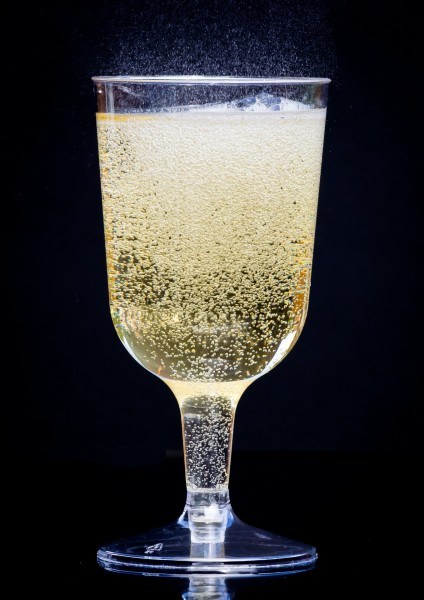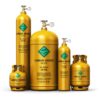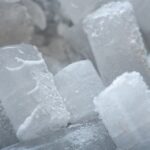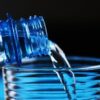Have you ever wondered how those bubbles in your favorite beverage come to be? As you might guess, they are the result of carbonation, a fusion of CO2 in liquid water. Provided the contents remain under pressure, carbonation will be maintained.
As for the taste of the drink, it’s just as cool. Upon opening the can or bottle, the carbon dioxide gas will cause a reaction with the water, resulting in the formation of carbonic acid. This reaction gives a mild acidity to the drink but may be eclipsed by a stronger acid. Bubbles inside the drink also convey aromatic compounds up to the drinker’s nose, resulting in an enhanced perception of flavor. The bubbles in the mouth ascending through liquid often produce an enjoyable, tingly feeling on the tongue.
When enclosed, there is the same amount of carbon dioxide in the air around the liquid as well as the solution. Should a bottle be opened or the liquid escapes the container, the liquid is no longer in an equilibrium state with its environment.
The liquid at this stage contains extra CO2 versus the air around it. To restore balance, the dissolved carbon dioxide will escape into the atmosphere via the surface of the liquid, or through the rising bubbles. The solution gets a new equilibrium as much of the gas is expelled. This causes the drink to taste as most people would say, “flat”.
This update is by Co2 supplier Florida company VS Carbonics, the premier solution for Co2 gas and more. We are a family-owned and operated business offering an extensive array of services including liquid nitrogen refill service, bulk CO2 suppliers, and single canister delivery. We supply Co2, dry ice, gas blends, and nitrogen to many businesses and industries for various purposes including but not limited to events, concerts, food storage, and more. For more information, please call 305-215-2833.






